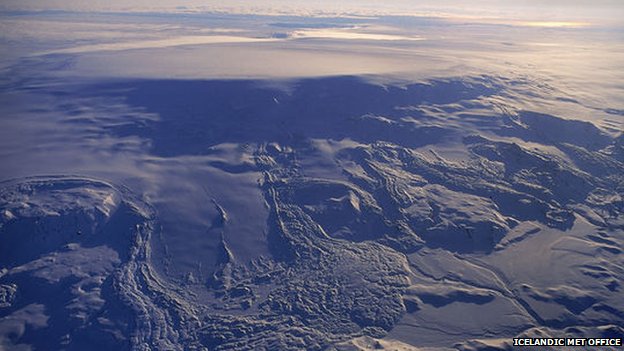
Seismic activity has been detected at Bardarbunga, including a strong earthquake
The alert level at Bardarbunga was raised to "orange," indicating "heightened or escalating unrest with increased potential of eruption," the Reykjavik-based Met Office said in a statement on its website. Over 250 tremors have been measured in the area since midnight. The agency said there are still no visible indications of an eruption.
The volcano is 25 kilometers (15.5 miles) wide and rises about 1,900 meters above sea level. Bardarbunga, which last erupted in 1996, can spew both ash and molten lava.
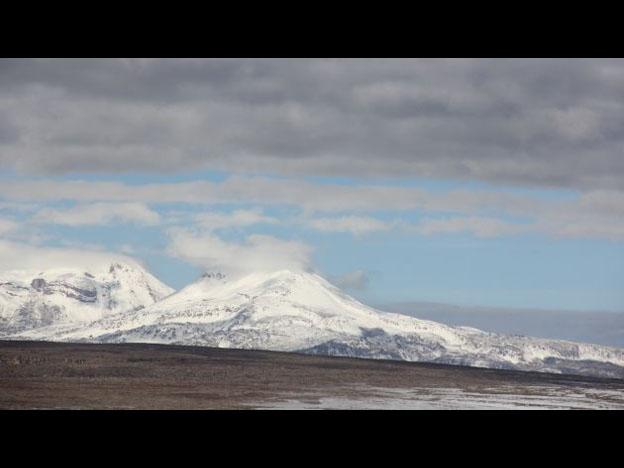
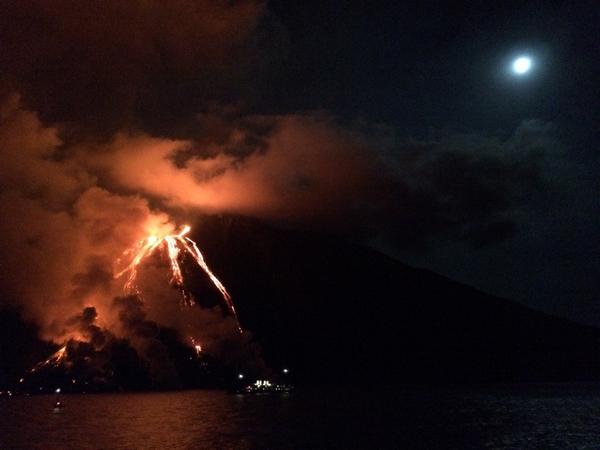
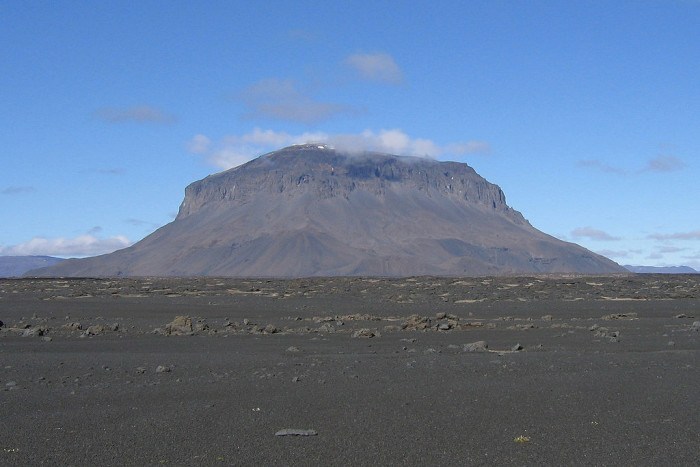
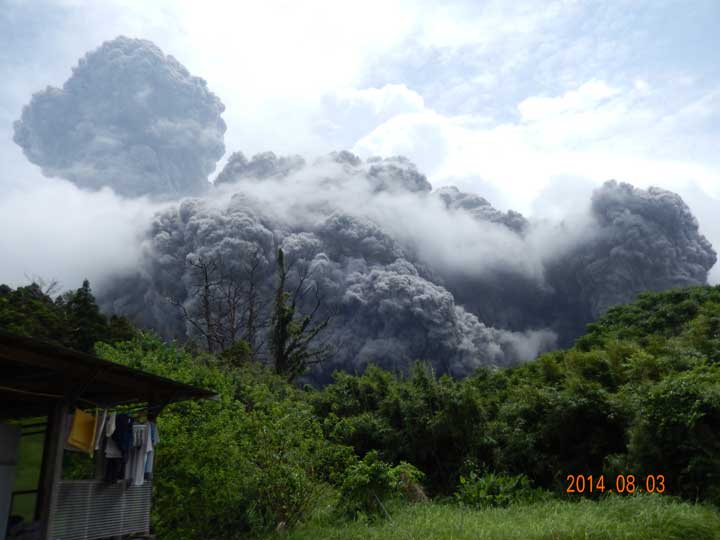
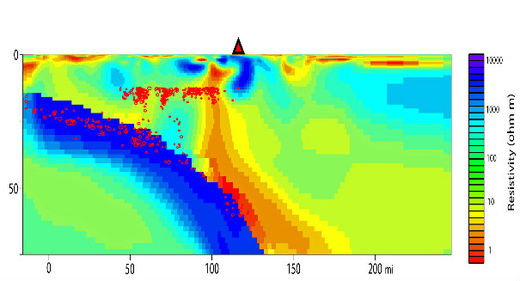

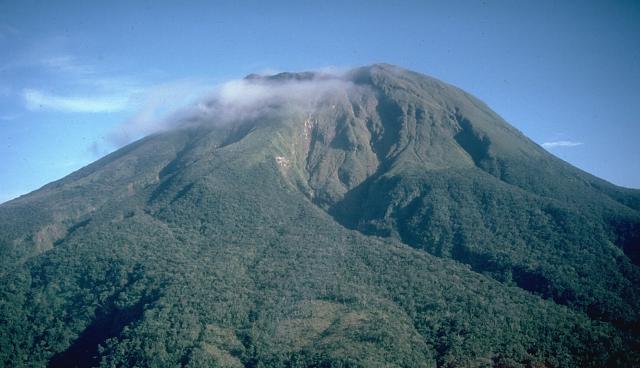
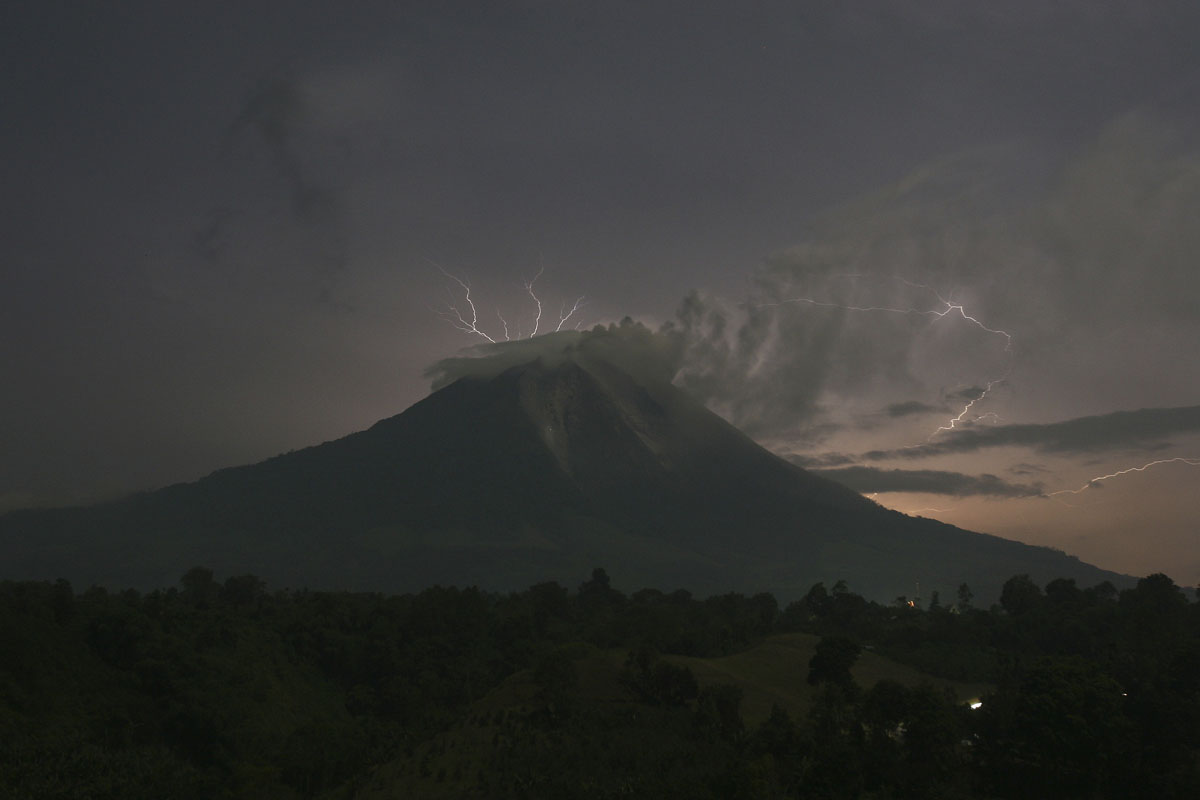





Comment: Given the news, this quote from an article that we published in 2011 seems timely and pertinent: